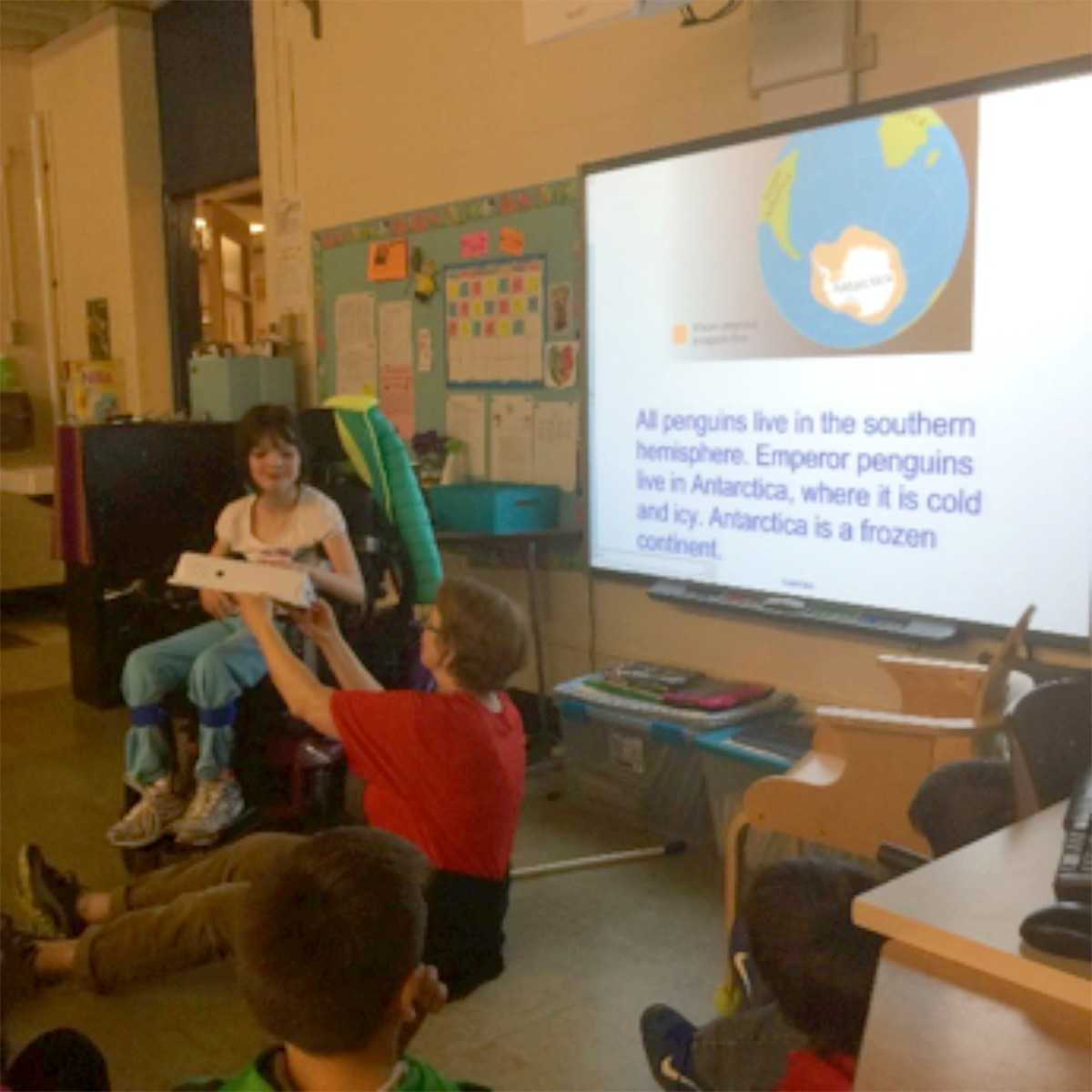Chapter 5: Collaborative-Interactive Nonfiction Writing: Positioning Students with Significant/Multiple Disabilities As Nonfiction Writers
5.4 Final Thoughts

The intent of this chapter was to demonstrate that my students with significant and multiple disabilities do, in fact, engage in meaningful nonfiction writing every day. However, my teaching practices are, in many ways, more varied and at times quite different than what one might see in a traditional general education classroom. Recall that many of my students cannot “write” in the traditional or physical sense; others have language impairments or cannot produce speech (and may use a variety of assistive devices). As a result, nonfiction writing in my classroom must be based on a synthesis of best practices in writing instruction fused with special education pedagogy. Based on the latter I take into consideration individual and unique learning needs by providing instructional supports to enable my students to discover and explore what interests them, exercise choice in their topics, and work as independently as possible. I may incorporate practices that one might see in an early childhood classroom (e.g. visual documentation of learning or dramatic play); I utilize multisensory learning approaches and classroom technology to support my students in their writing process. Finally, perhaps the most sustaining factor in my nonfiction writing practice is the art of collaboration between my students and me, and between the assistive technologies and my students’ interests and passions. Thus, through the support of collaborative-interactive writing instruction, the dreamers, wonderers and writers in my class write nonfiction!